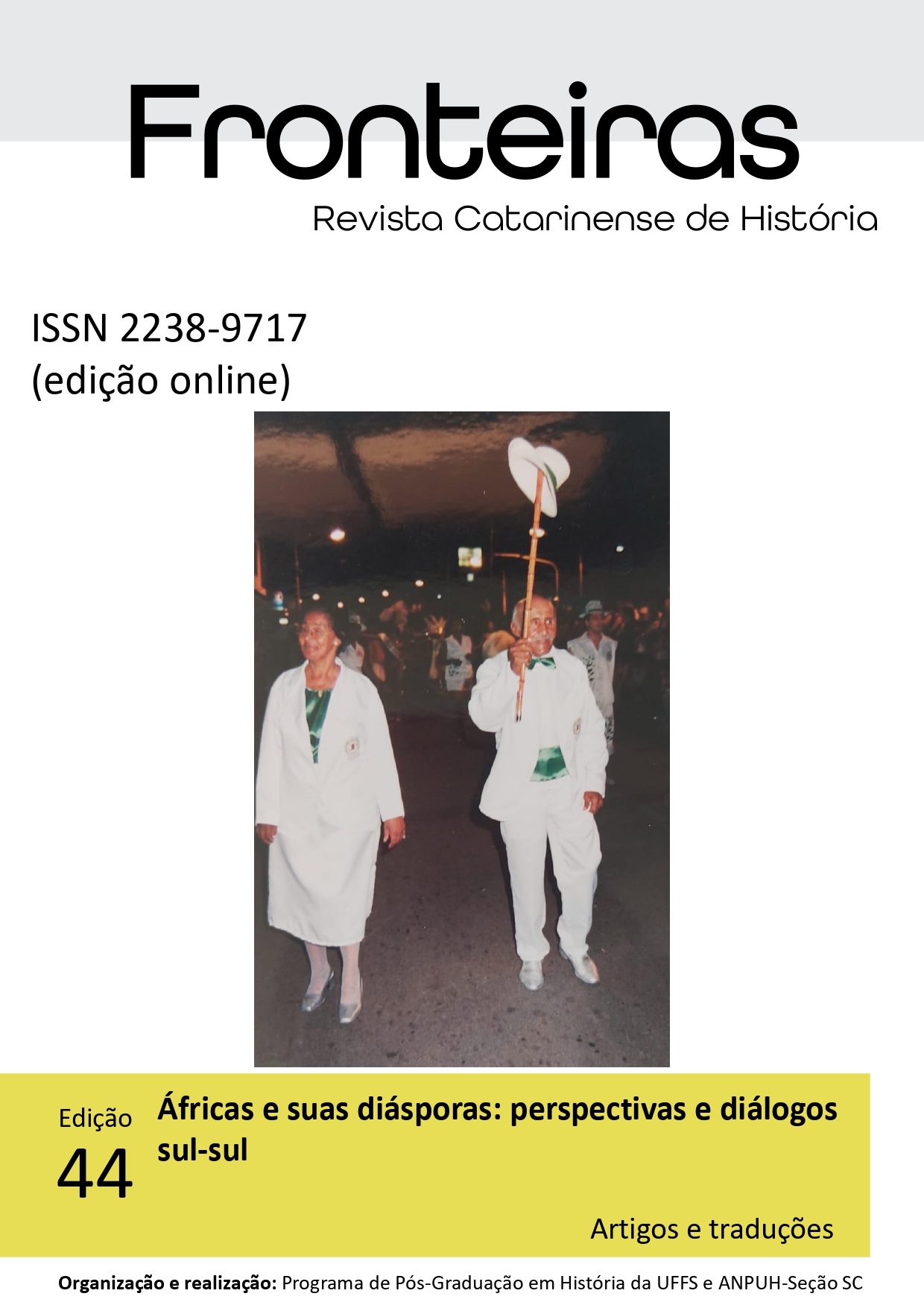Unveiling Camboa do Carmo Street
Urban Slavery and Resistance in 19th Century Recife [Recife: 1839 – 1849]
DOI:
https://doi.org/10.36661/2238-9717.2024n44.14401Keywords:
Camboa do Carmo street, Urban slavery, Flâneur, AutonomyAbstract
This article follows the everyday history of Camboa do Carmo Street in 19th century Recife, between 1839 and 1849, starting with the inventory of Rosa Rodrigues dos Passos, a freed African woman without children or a partner, who leaves some belongings to her malungos, possibly kidnapped from the same region of the African continent. Using primarily periodicals of the time, as well as an observation inspired by Walter Benjamin's flâneur, appeals, routines, occupations, living conditions of different groups in the locality are evidenced, but mainly the peculiarities of urban slavery, highlighting the resistance of the enslaved, escapes inward, and possibilities of agency, agreements, and brotherhoods among people in the same situation. The analysis of the social, economic, and political conditions of the time of the residents living in Camboa do Carmo together with the possibilities of Rosa's individual experience offers a deeper understanding of this historical period, demonstrating the persistence in seeking autonomy and freedom despite the restrictions imposed by the slave system.



















